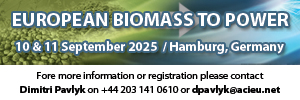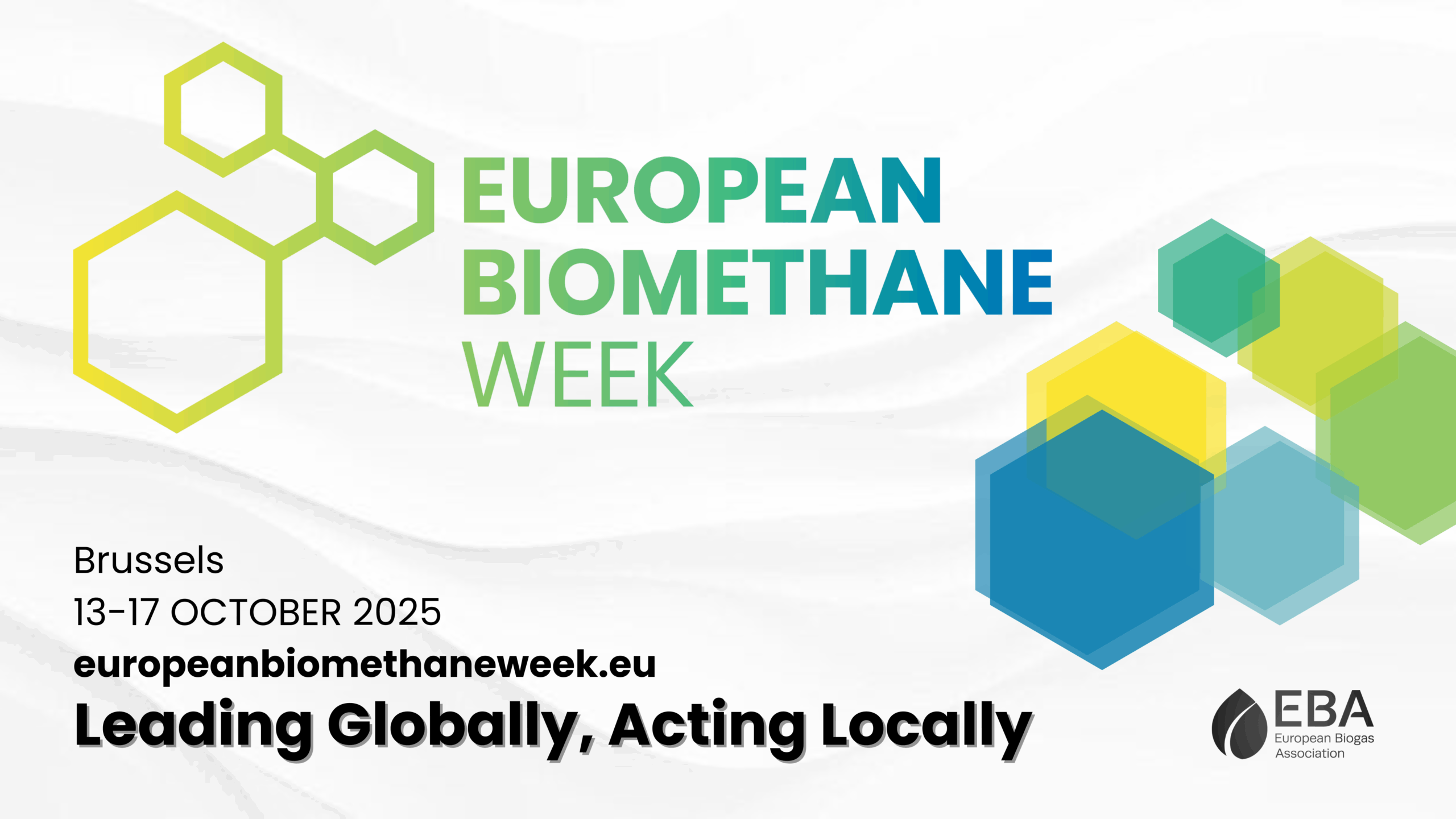New PET-like plastic made directly from waste biomass
Producing competitive biomass-based plastics has not been straightforward. Conventional plastics are widespread because they combine low cost, heat stability, mechanical strength, processability, and compatibility - features that any alternative plastic replacements must match or surpass.
Now, a group of scientists, led by Professor Jeremy Luterbacher at EPFL's School of Basic Sciences, have successfully developed a biomass-derived plastic, similar to PET, that meets the criteria for replacing several current plastics whilst also being more environmentally friendly.
Mr Luterbacher said: "We essentially just 'cook' wood or other non-edible plant material, such as agricultural wastes, in inexpensive chemicals to produce the plastic precursor in one step. By keeping the sugar structure intact within the molecular structure of the plastic, the chemistry is much simpler than current alternatives."
The technique is based on a discovery that Mr Luterbacher and his colleagues published in 2016, where adding an aldehyde could stabilise certain fractions of plant material and avoid their destruction during extraction. By repurposing this chemistry, the researchers were able to rebuild a new useful bio-based chemical as a plastic precursor.
Lorenz Manker, the study's first author, said: "By using a different aldehyde—glyoxylic acid instead of formaldehyde—we could simply clip 'sticky' groups onto both sides of the sugar molecules, which then allows them to act as plastic building blocks. By using this simple technique, we are able to convert up to 25 percent of the weight of agricultural waste, or 95 percent of purified sugar, into plastic."
The well-rounded properties of these plastics could allow them to be used in applications ranging from packaging and textiles to medicine and electronics. The researchers have already made packaging films, fibres that could be spun into clothing or other textiles, and filaments for 3D-printing.
Mr Luterbacher said: "The plastic has very exciting properties, notably for applications like food packaging. And what makes the plastic unique is the presence of the intact sugar structure. This makes it incredibly easy to make because you don't have to modify what nature gives you, and simple to degrade because it can go back to a molecule that is already abundant in nature."

















